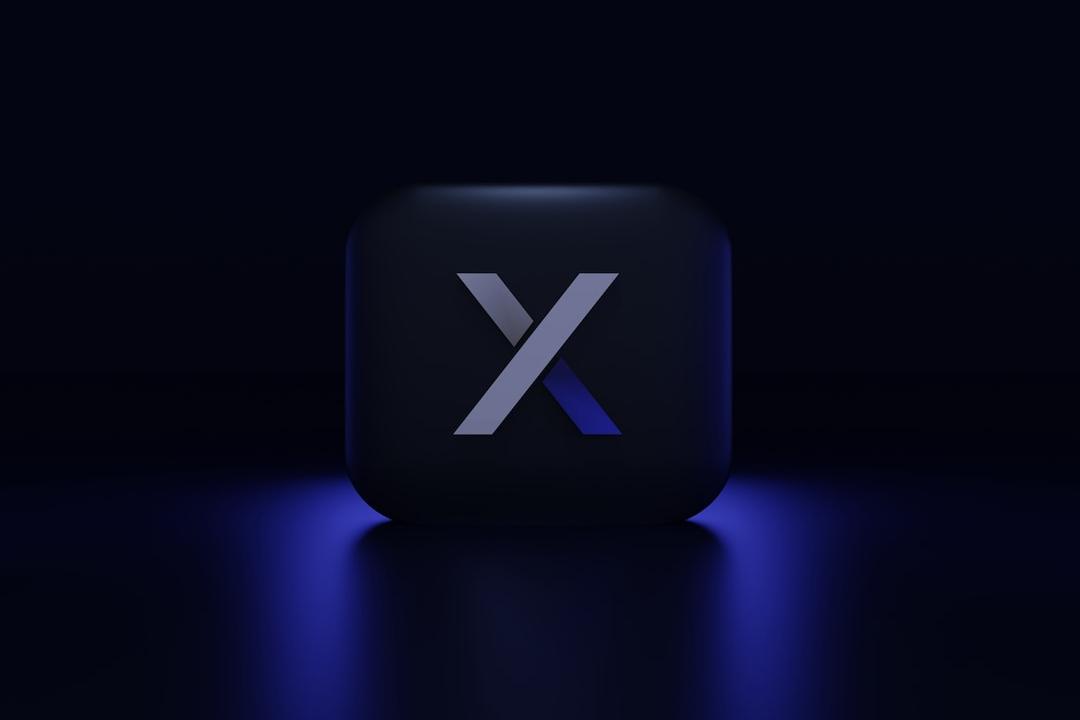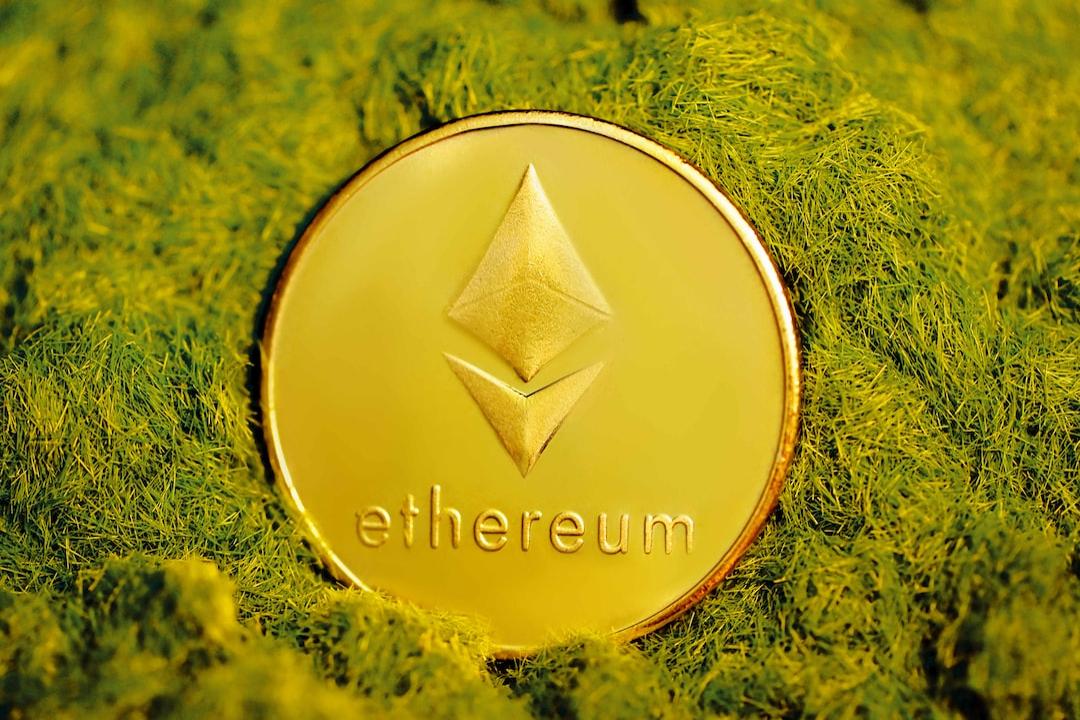**15 Key Insights on AI Agents Shared by ai16z Founder**
**Written by: Zhou Zhou, Foresight News**
**December 22, 2024**
On the afternoon of December 22, 2024, ai16z founder Shaw and his wife Jill arrived in Shanghai. That evening, members of the 706 community (one of the largest youth communities in China), along with developers and investors from the crypto community, welcomed him with a dinner. The next day, I invited Shaw to my home for a discussion before heading to a restaurant, and later took him to his first meetup event in China. This allowed me to witness Shaw’s itinerary in Shanghai quite comprehensively.
During this process, Shaw generously shared with us the upcoming focus of ai16z and Eliza, described the future landscape of AI Agents, and provided specific analyses and evaluations of several well-known AI Agent projects. This gave me and my fellow attendees a deeper understanding of the AI Agent sector.
Looking back, Shaw and his founding of ai16z became known in the industry only about a month ago. As the founder of a startup, he has garnered widespread and enthusiastic attention from many investors, developers, and media in the crypto industry. Why is this the case? I believe it may relate to the explosive trend of AI Agents in the crypto sector, and ai16z is precisely one of the core projects leading this wave of AI Agent meme narratives.
Although the narrative surrounding crypto AI Agents has only begun for a month, it is already considered one of the hottest topics of discussion in the current crypto industry, with many crypto practitioners already identifying AI Agents as a main narrative for this cycle. ai16z stands out as one of the most recognized projects, having not only established the world’s first VC AI Agent—ai16z DAO and the first well-known open-source AI Agent crypto framework—Eliza, but also gaining attention and recognition from Marc Andreessen, the founder of the renowned American venture capital firm a16z. Consequently, the market value of the ai16z token reached $1 billion within a month, and related tokens like DegenAI, Eliza, and aiPool also garnered widespread attention from the community.
As this important narrative was born, crypto practitioners were eager to learn about the real situation of the current AI Agent sector. Is it a bubble, or real application? What are the latest developments in the United States, and what will be the next steps for AI Agents in the crypto industry? To this end, I summarized fifteen key insights from my discussions with Shaw over the past two days, including his observations and evaluations of ten different AI Agent projects.


1. Shaw is a serial entrepreneur in AI Agents living in San Francisco, and was once a game developer.
Regarding Shaw’s work and life background, he mentioned that he lives in San Francisco and initially worked as a game developer. He plans to launch products that integrate AI Agents and games, with this experiment already underway. Shaw’s interest in AI Agents began during the GPT-2 era and deepened with the release of GPT-3. Every company he has worked at in the AI field has strong AI elements, including the development of AI Agent platforms and AI Agents in 3D worlds. He has also founded several AI-related companies, although early projects did not achieve widespread success.
2. Shaw indicated that several games based on the Eliza framework are set to launch soon.
Shaw stated that Eliza is collaborating with Treasure DAO to create a game called Smolworld, where players will have a pet monkey that they can instruct. The monkey may follow your commands, or it may not. This game is interesting because it would not be possible without AI Agents. Your goal is to care for your virtual pet like a parent.
Additionally, several other games utilizing Eliza are on the way, such as Eternum, which is integrating Eliza so that in-game agents will have wallets. You can “kill” these agents and take their money.
3. Shaw aims to develop Marc Andreessen into a practical AI Agent investment tool, a DeFi AI Agent.
Regarding Marc Andreessen, this AI Agent, almost sharing a name with the well-known investor Marc Andreessen, is still in a very preliminary stage (having only tweeted once). Shaw said his intention is to build it into a practical investment tool, a DeFi AI Agent.
The purpose of this product is that if humans recommend purchasing a token, it will consider the purchase. To prevent malicious actors from recommending things it shouldn’t buy, it will establish a trust mechanism called the “trust market.” The idea behind the trust mechanism is that if you recommend good tokens, it will issue virtual orders for everyone, but not actual purchases. It ultimately only listens to trading advice from those who provide it with consistently good trading information.
4. Marc Andreessen has followed several of Shaw’s online accounts, but they have never met in person, although Shaw knows some people at a16z.
Marc Andreessen is undoubtedly one of the most influential figures in the U.S. venture capital industry. He has followed and retweeted the ai16z project, but Shaw stated they have never met in person. “I have been an AI Agent developer for a while, and he has followed several of my accounts, but we have never met privately,” Shaw said.
Shaw revealed that Eddy Lazzarin, the CTO of a16z’s cryptocurrency division, messaged him saying he has been in the project’s Discord channel since day one, but did not say anything else. Shaw asked him if he liked this AI Agent. He replied, “No, I’m just watching you, as if we are monitoring you.”
5. Shaw stated that he does not hold Eliza tokens and will never issue independent tokens for the Eliza framework in the future.
Shaw mentioned that he personally holds two tokens, ai16z and DegenAI, which he keeps in his wallet. However, he does not hold Eliza tokens and will not issue independent tokens for the Eliza framework.
“The ai16z members do not want us to create another token, so I will never do that,” Shaw said. At the same time, he also mentioned that ai16z owns 10% of the Eliza tokens. “We support Eliza and the team behind it; he said it is a very excellent team.”
6. Open-source nature and ease of use are the core competitive advantages of the Eliza framework.
Shaw also shared his views on the characteristics of ai16z: open-source, decentralized, and community-driven development.
He believes that open-source nature and ease of use are the core competitive advantages of the Eliza framework. Shaw emphasized that the focus of the Eliza framework is that anyone can use it, even those from Web2. He wants to ensure that even those who are not very focused on Web3 can feel satisfied.


*Photographed at 706 Shanghai Youth Space – Dweller*
7. Shaw believes that the future of AI Agents may lie in social media platforms, such as Twitter and Farcaster.
Shaw believes that the future of AI Agents may be found in social media platforms. He gave an example of an AI Agent developer who used Eliza to create a pizza delivery AI Agent, allowing users to order pizza with cryptocurrency.
Shaw thinks it would be interesting to have something like a “pizza delivery AI Agent.” It is somewhat akin to the Domino’s experience, where pizza delivery is essentially happening on social media. Shaw also learned that someone is creating a virtual real estate AI Agent, allowing you to purchase real estate directly on Twitter.
8. Shaw believes Farcaster will become a hotbed for the development of AI Agents, and Eliza is engaging in deep cooperation with Farcaster.
Shaw mentioned that he spoke with Dan, the founder of Farcaster, a few weeks ago and had numerous discussions.Shaw finds Farcaster very interesting. “The first thing they told me is that we don’t want to be Twitter; we can’t beat Twitter in the areas where Twitter excels, nor do we want to be a decentralized platform like Bluesky. We are decentralized, but we will never be able to outshine Bluesky in the areas where they excel. We are a Web3 social network. What they do very well is Farcaster Frames, as well as the ability to make payments and use applications like Clanker. I think this truly reflects the potentially powerful realm of AI Agents. We have a Farcaster client, and we have some AI Agents on Farcaster. We will offer a bounty for anyone who brings Eliza to Farcaster. They are really cool. So my feeling is that when AI Agents enter social media applications, they become very interesting, and then you can interact with them. For example, you can buy things; you can trade. I think Farcaster is like a marketplace for AI Agents where you can access different services and embed payments and all these things.
So I really think Farcaster is a very interesting thing. I believe it doesn’t necessarily need to become a huge social media platform but rather be a place in Web3 where people can find and access these services. What we really want to do is integrate Eliza into Farcaster Frames. What Farcaster Frames does is allow us to embed payments or applications, rather than just chatting. For instance, if you want to buy something from the Eliza agent, how do you pay? So I think Farcaster is really cool because you will be able to pay AI Agents and embed these applications.
Shaw thinks Clanker is great and hopes people will develop clone versions of Clanker for Eliza, stating that he will not issue tokens on Clanker. Shaw believes that people are developing clone versions of Clanker for Eliza and that he likes Clanker, considering it a brilliant idea. Moreover, he believes that Clanker is like an AI Agent version of Pump.fun. Shaw thinks AI Agents are becoming a new network, which will become a new trend, and Clanker is a great example of this trend.
Shaw shared that when he first joined Farcaster, someone created a Clanker for him. He thought that was cool. However, buying tokens that he created would only spark a lot of controversy. Shaw said he needs to focus on building things related to AI.
Shaw thinks Zerebro and aixbt are cool, and he is trying to collaborate with Zerebro. Shaw expressed his interest in what Zerebro and the team behind it are doing. He just submitted his first pull request to Zerepy. Shaw actually wrote the code for the Discord application and mentioned that he is actively collaborating with Zerebro. Regarding aixbt, Shaw also said that aixbt is really cool. The story of aixbt is that the creator of it had a website where he shared some content but didn’t really gain traction. He brought his insights into his AI Agent, and his AI Agent started posting these insights on Twitter, which indeed created a buzz.
Shaw is very fond of and praises Truth Terminal. He and Andy are working hard to find solutions where AI will not replace human governance of the world. “It’s very different,” Shaw said. He believes Andy, the founder of Truth Terminal, is very concerned about AI safety and ensuring AI Agents operate smoothly, and he thinks Truth Terminal contributes to this effort. “Without Andy and Truth Terminal, I don’t think I would be here now; when people weren’t ready, they were already prepared.” Shaw believes that the emergence of Truth Terminal has made many people more open and creative about AI, rather than being mechanical and impersonal like products from OpenAI or Siri, which ask, “What can I do for you today?”
“I discussed with Andy a few days ago about all these AI Agents we can now see. I think he is very concerned about how to ensure the smooth development of AI. We all fear AI because it can be a very scary thing; it could kill us all, and it could take over the world.”


Captured at 706 Shanghai Youth Space – Dweller
Shaw said the creator of the swarms token is a very famous scammer, but he thinks the concept of “AI Agent swarm” is great, and he likes FXN and Project 89. Shaw stated that he does not like swarms and mentioned knowing the creator of the swarms token, who is a very well-known scammer. Many AI Agents are very angry because he stole their work. Shaw knew him before entering Web3. He became acquainted with him due to his focus on the AI Agent space, and he got into serious trouble for plagiarizing works and research papers and creating defective items such as non-functional code.
Shaw also mentioned that the concept of swarms is great, consisting of many AI Agents forming an AI Agent swarm. He thinks Project 89 is interesting because it is researching “AI Agent swarms.” Shaw also likes FXN, which is a group of AI Agents consisting of ten AI Agents.
Shaw believes that “AI Agent swarms” can be divided into two types: a cabal swarm and an open swarm. Shaw thinks there are two kinds of swarms; one is a group where AI Agents interact, such as secretly sending messages to each other. I call it a cabal, which is a joke, but they are all in a cabal or secret group where they can interact, and then they can interact with the outside world. The second type is an open swarm, where each community may have an agent, and different communities can decide to let them interact. This is also the technology we are researching.
From a developer’s perspective, Shaw shared how he finds early excellent AI Agent projects. Shaw said he is a developer and usually goes to check GitHub and read the code carefully. Most of the time, he looks at what this code is doing, but he does not check whether it has any relation to market value or price. Shaw believes some very cool projects have a group of AI Agents, but later they perform poorly because they did not complete the Web3 part. He thinks that good products, good technology, and good tokens are often not the same thing. Shaw said he cannot understand fartcoin, which currently has a market value of over one billion dollars.
Shaw believes that the biggest challenge for ai16z is how to go back and establish a set of tokenomics models to prove that the project’s value is worth its current token market value. Shaw thinks the biggest challenge now is for AI Agents to make independent investments and prove their actual feasibility without external hype for the tokens. Currently, Marc is trading, although not much, just trading his treasury, but many others are contributing tokens, making this part progress smoothly. However, the value of ai16z tokens is much higher, so Shaw and their team really have to consider how to make the product’s value worthy of its current token market value.
Normal cryptocurrency projects like L1 have white papers, tokenomics, and on-chain fees. But ai16z started as a meme and must go back to build tokenomics into the ai16z system. This is what Shaw believes is their biggest challenge regarding Web3. Shaw thinks this is also a concern for many people.
How do Geodnet, Helium, Akash, and DePIN projects achieve sustainable profitability?
一些 DePIN 項目透過解決現有問題實現了可持續盈利,甚至不需要依賴代幣經濟的飛輪效應。⋯ …
